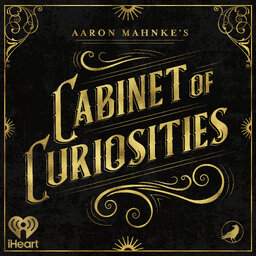The Cold Truth
Each of today's stories offers us a chance to answer the same question: how much of yourself would you be willing to give up in exchange for an extraordinary life? One of our subjects had no choice, while the other rushed in head-first.
Learn more about your ad-choices at https://www.iheartpodcastnetwork.com
 Aaron Mahnke's Cabinet of Curiosities
Aaron Mahnke's Cabinet of Curiosities


